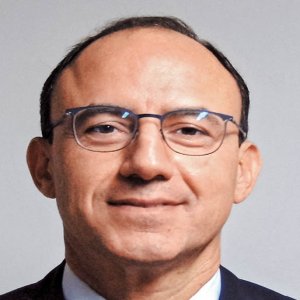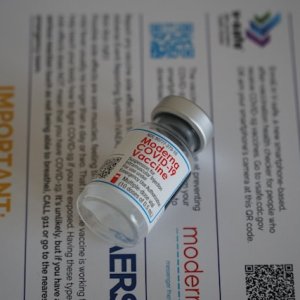Mexican Cost-Reducing Technoques to Hit Europe

STORY INLINE POST
Q: Which of your products differentiate you from your competition?
A: The first product we offer to public institutions are personalized solutions based on specific health needs and challenges. This product has worked well in Mexico because it o ers flexibility for public healthcare providers. We are working with three imaging clinics in the north and south regions of Mexico, where we are looking to improve access to diagnoses for local communities. The second product we o er is integrated services, a pay-per-procedure strategy for elective surgeries and procedures. The hospital or clinic pays us for completed procedures, which means the customer does not need to invest in fixed assets and inventories to o er health services. It is a win-win situation because we profit through the correct management of economies of scale in the procurement of medical devices, high logistics e ciency and high productivity with our latest-generation equipment. Our third product is inventory management. We are experts in transporting medical items and devices. Because of the volume that we manage in 210 hospitals in the public sector, we o er this service to private hospitals as well with significant reductions in variable costs and permanent availability of materials. Our fourth product is the management of health centers and hospitals. Our vision focuses on three segments: infrastructure development for the public health system, working with insurance companies to reduce the cost of premiums and satisfying the needs of patients at the bottom of the socioeconomic pyramid through micro-credits.
Q: What are your expansion plans over the next several years?
A: Our plans detail three strategic lines of development and growth from two main sources. The first line is to maintain business with our public sector clients. The main products we o er to public institutions are personalized solutions designed to address the national health coverage challenge. In parallel, we are extending our capabilities to the private market through focused investments.
Another growth strategy we are analyzing is the development of our own clinics and hospitals with a focus on the treatment of noncommunicable diseases and minimally invasive surgery. The primary causes of death worldwide are cardiovascular diseases, followed by cancer. Vitalmex is an expert in treating these ailments and that is where our development plans also focus. This is a high-growth area in healthcare and we are carrying out market research to analyze possibilities in that segment.
Finally, we believe there are opportunities to export our business model. We are successful in Mexico and the healthcare challenges that we face and the given services are similar in many countries.
Q: Why expand to Europe when many exalt the opportunities to be found in Mexico?
A: I believe that our business model is replicable in many countries because healthcare challenges and trends are similar to those in Mexico. We already have a great deal of knowledge of integrated services and believe there are many opportunities to create e ciencies for existing hospitals in other countries. What we o er is a proven model to help them reduce their capital investment costs, increase their productivity, optimize their installed capacity and improve quality indicators, as well as treatment techniques.
Mexico is a market with a great deal of potential. However, there are also many opportunities abroad, in both emerging and mature markets. In places like Germany, Switzerland, the UK, France, the US and Austria, the cost of medical devices and disposables is increasingly high. In those countries, hospitals and insurance companies are looking to reduce costs and we believe that our integrated solutions are an attractive and proven way to do so. For example, the owner of 12 hospitals in Switzerland invited us to evaluate their operations. It turned out that we could reduce their costs by around 15 percent through integrated services.






















